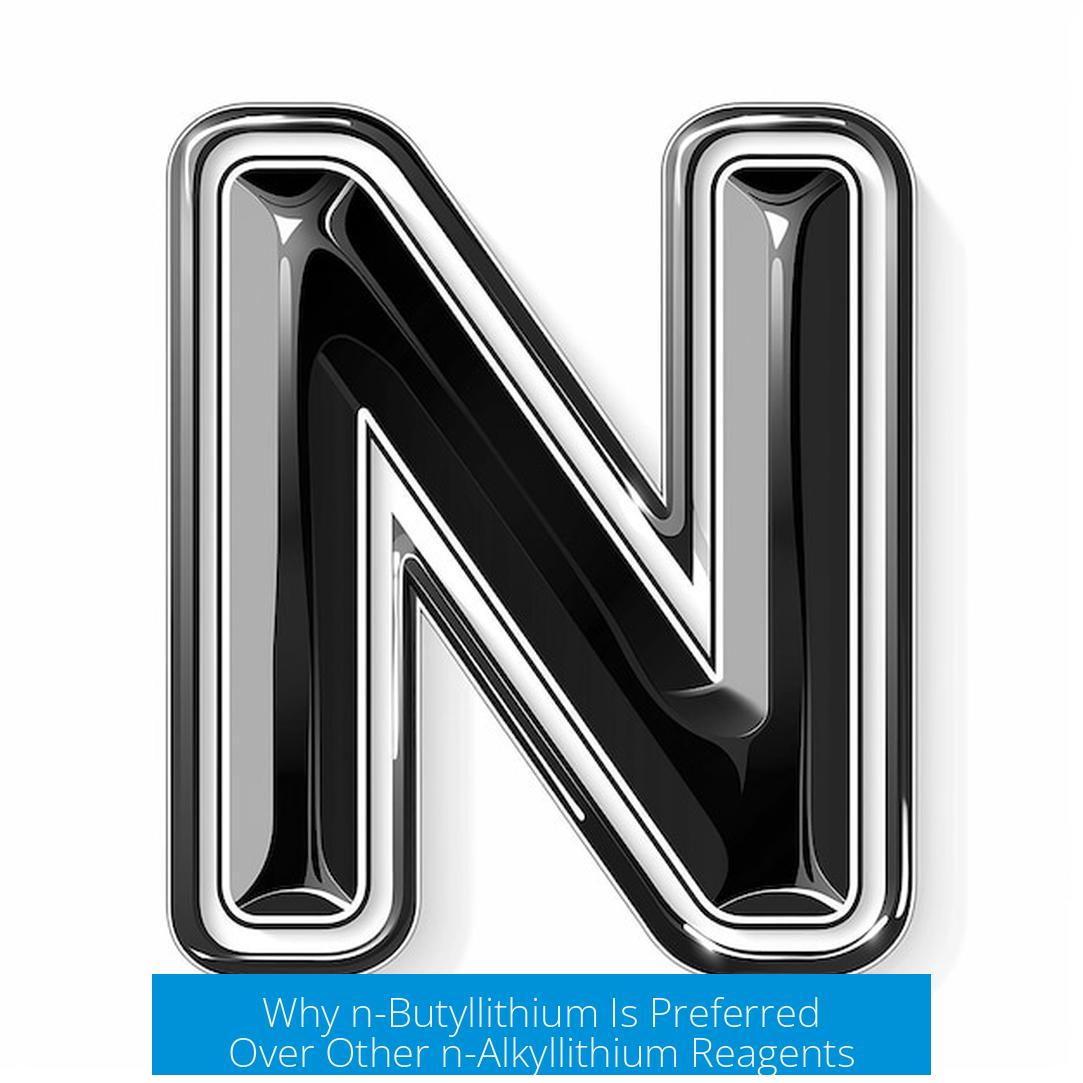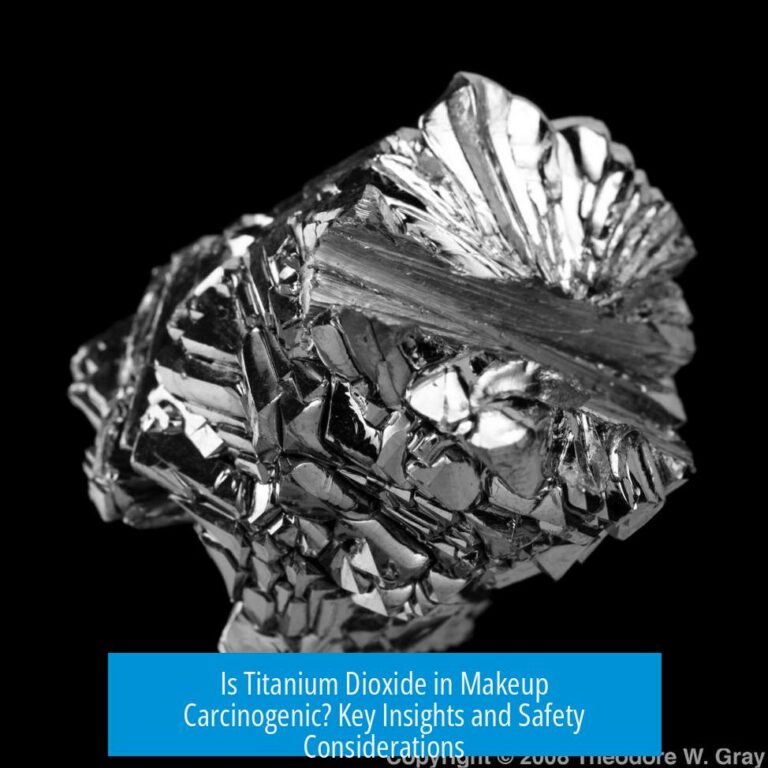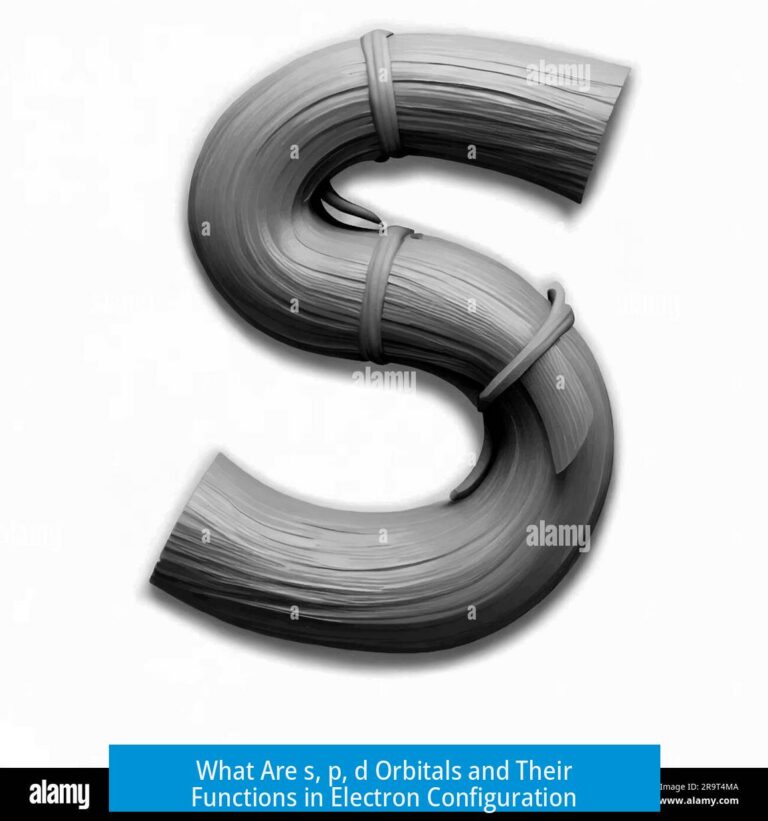Why Is n-Butyllithium More Widely Used Compared to Other n-Alkyllithium Reagents?
n-Butyllithium (BuLi) is widely used because it presents an optimal balance of reactivity, solubility, stability, and manageable safety compared to other n-alkyllithium reagents. These features make it a preferred choice for many synthetic applications.
Reactivity Advantages
BuLi exhibits higher reactivity than methyl lithium (MeLi), especially in common synthetic transformations like halogen exchange. MeLi is considerably less active in such reactions, limiting its usefulness. BuLi’s stronger nucleophilicity and basicity enable efficient metalations and substitutions vital in organic synthesis.
Solubility in Hydrocarbon Solvents
One key practical benefit of BuLi is its excellent solubility in hydrocarbon solvents such as hexanes or cyclohexane. This solubility facilitates preparation, handling, and reaction processes. In contrast, MeLi is poorly soluble in hexanes, restricting its use with these commonly employed solvents.
Moreover, the precursor for BuLi, n-butyl chloride (BuCl), has a convenient boiling point, easing direct metalation methods to produce lithium reagents free from lithium chloride (LiCl) impurities. This enhances the quality and consistency of BuLi solutions.
Stability and Safety Profile
Compared to longer-chain n-alkyllithiums like n-hexyllithium, BuLi balances stability and risk effectively. While n-hexyllithium may have a slightly lower tendency to spontaneously ignite and creates less volatile byproducts, it tends to be more expensive and less widely used.
Other organolithium reagents often ignite rapidly upon air exposure, posing handling hazards. BuLi’s stability coupled with its solubility lowers these risks, making it safer and more convenient in typical laboratory and manufacturing environments.
Summary of Factors Favoring n-Butyllithium:
- Greater reactivity than MeLi, especially for halogen exchange and metalation.
- Good solubility in hexanes and cyclohexane solvents, enabling easy handling.
- Precursor (BuCl) has a convenient boiling point simplifying preparation.
- Acceptable stability and manageable safety profile relative to other n-alkyllithiums.
These combined factors have established n-butyllithium as the most commonly used n-alkyllithium reagent in both academic and industrial organic synthesis.
Why is n-butyllithium more reactive than methyl lithium for common synthetic reactions?
n-Butyllithium shows higher reactivity than methyl lithium, especially in halogen exchange reactions. This makes it useful for a wider range of chemical transformations.
How does solubility in solvents affect the use of n-butyllithium?
n-Butyllithium dissolves well in common hydrocarbon solvents like hexanes. This property improves handling and preparation compared to other alkyl lithiums that are less soluble.
What role does the boiling point of the precursor play in n-butyllithium’s popularity?
The precursor, BuCl, has a convenient boiling point. This makes producing n-butyllithium solutions easier and safer during direct metalation.
Why isn’t n-hexyllithium used more widely if it is safer in large scale manufacturing?
Although n-hexyllithium is safer with lower self-ignition risk, it is more expensive. n-Butyllithium balances cost, stability, and solubility, keeping it preferred in most labs.
How does the safety profile of n-butyllithium compare to other n-alkyllithiums?
n-Butyllithium is relatively stable and less prone to spontaneous ignition than many other organolithiums. Its hazards are manageable on common scales, which aids wider use.





Leave a Comment